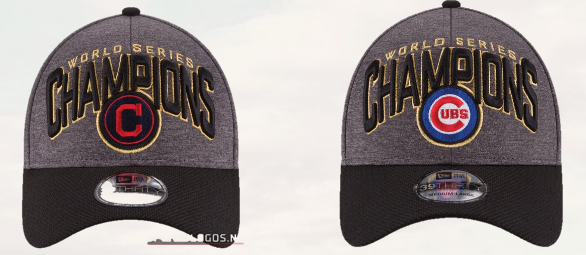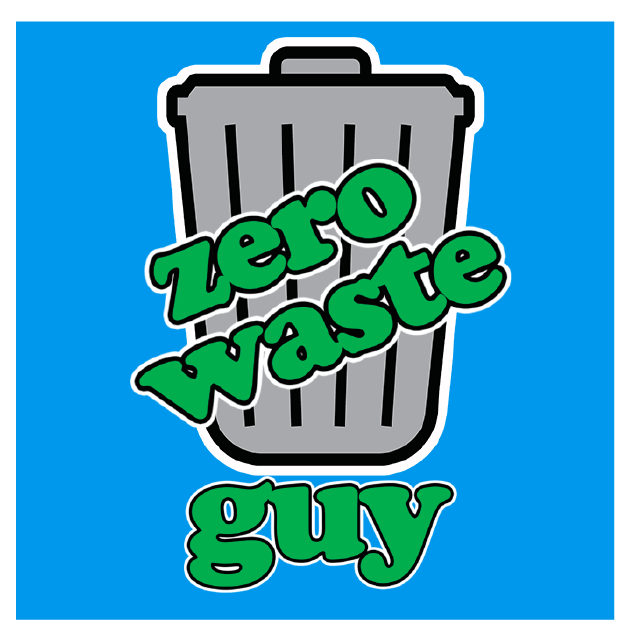Okay, the Cleveland Indians didn’t win the World Series, but they could have. They were, after all, one of only two finalists who were competing for the championship.
Earlier this week the Chicago Cubs won the World Series for the first time in 108 years. An impressive feat, yes, but not without consequences. Within minutes of the end of the game the entire Chicago Cubs had donned World Series Champions hats with their team’s logos.

That was only made possible by having champions gear made for both teams. As nice of a touch as this was, consider the impact of this need for immediate gratification on the environment.
On the most basic level, there were championship shirts and hats made for each player and coach of both teams. Half of those items would never see the light of day in the US.
On an even greater level, consider the potential tens of thousands of Cleveland Indian Championship shirts and hats that were produced in anticipation of their victory. The environment was literally sold out in the name of making a quick buck.
I don’t blame the players, who can and should be given free passes. Amid feelings of euphoria because of a World Series win they were handed swag that labeled them as champions. Who would have turned that down? Instead, I blame the networks, retailers and whomever it was that decided it was okay to produce twice of much of a product as was needed knowing that half of it would be immediately written off as a loss and donated or trashed.
Donating clothes isn’t good enough
Donated clothes often receive new lives, but donating brand-new shirts is not an example of highest and best use.
Seeing this branded swag reminded me of a specific evening more than eight years ago. On Super Bowl Sunday 2008 I found myself working overtime at the Ontario Airport in Southern California. The New York Giants played the New England Patriots at University of Phoenix Stadium in Glendale, Arizona, to a sold-out crowd.
I was working for UPS at the time as an industrial engineer assigned to an operation that took packages from the businesses, warehouses and homes of the surrounding area and transported them around the country.
On a normal night, we would load trailers, but on this night, we were waiting to load pods that would be loaded onto airplanes for next day delivery.
There were boxes piled high on either side of the conveyor belt. On normal nights, the packages would have already been labeled, but on this night things were different.
The boxes looked non-descript like boxes typically do, but the contents of these boxes were polarizing.
Half were filled with t-shirts and other swag that recognized the New England Patriots as the Super Bowl champions. Anyone who knows the outcome of that match knows that in fact the New York Giants won the Super Bowl that year. Fortunately for fans who were eager to immediately purchase Giants swag, that second pile of boxes contained branded Giants as champions merchandise.
Immediately following the game, we applied labels to the packages containing Giants products loaded them into pods, then planes where they were distributed to retailers around the country. The merchandise for the losing team was written off as a loss and sent back to the warehouse. It was probably donated overseas. I could spend the next several hours explaining to you why donating clothes to Africa and Latin America is bad for us and worse for the recipients, or you could just listen to this Planet Money episode from 2015: Episode 502: The Afterlife of a T-Shirt.
About the author:
Jonathan Levy is a environmental consultant who focuses on developing and implementing zero waste plans for businesses and municipalities. When he is not consulting, Jonathan is a blogger and social media influencer as Zero Waste Guy, where he shares tips and tricks for living a zero waste lifestyle.
People who enjoy this post also enjoy:
Why Burberry Burns Bags, Clothes and Perfume Worth Millions
Your clothes dryer is a huge waste of energy
The Zero Waste Lifestyle: Say No To To-GO

Recent Comments